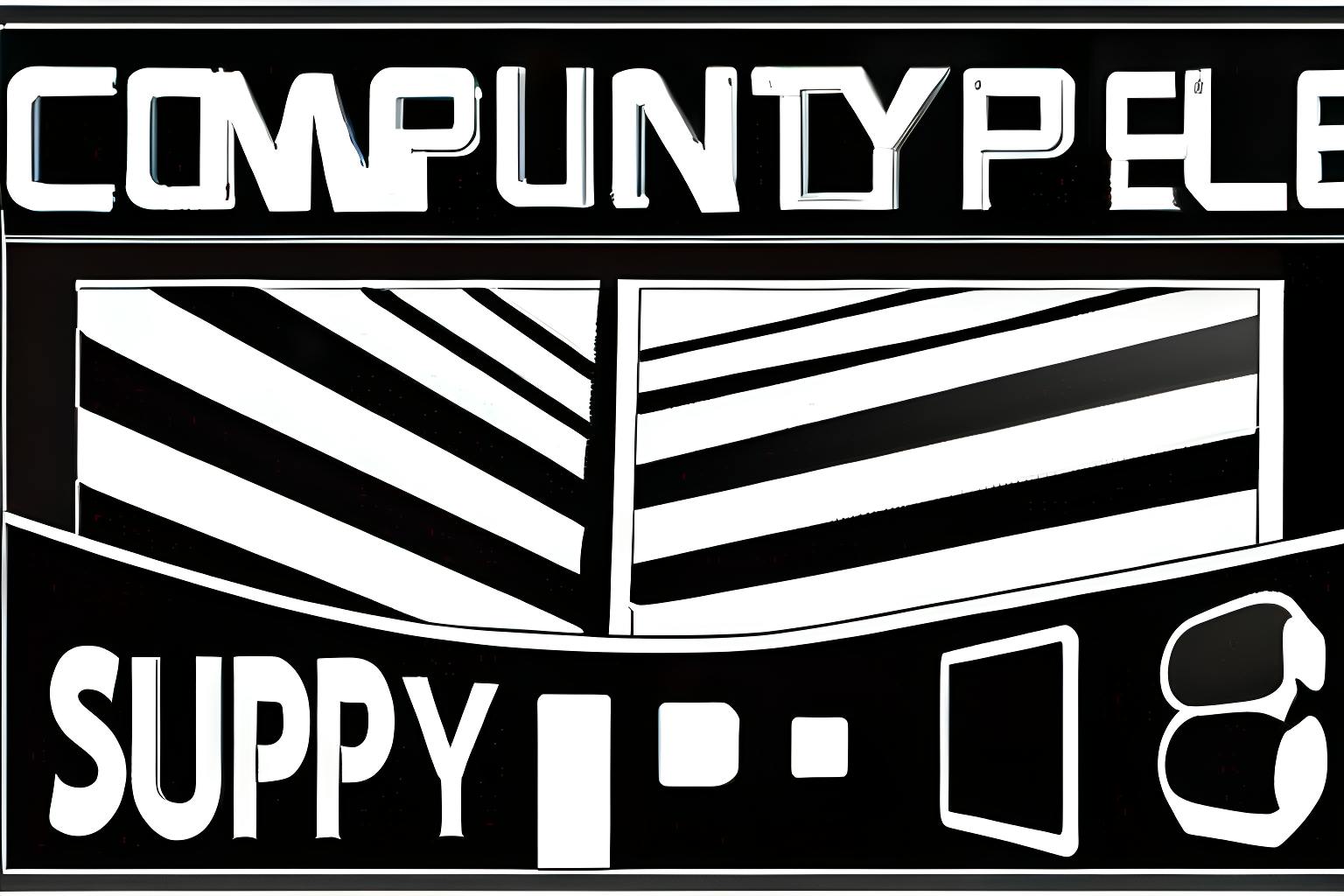United States Of America. v. Microsoft Corporation Court Filing by Thomas Penfield Jackson, November 5, 1999, is part of
B. The Possibility of Supply Responses
30. Firms that do not currently produce Intel-compatible PC operating systems could do so. What is more, once a firm had written the necessary software code, it could produce millions of copies of its operating system at relatively low cost.
The ability to meet a large demand is useless, however, if the demand for the product is small, and signs do not indicate large demand for a new Intel-compatible PC operating system.
To the contrary, they indicate that the demand for a new Intel-compatible PC operating system would be severely constrained by an intractable “chicken-and-egg” problem: The overwhelming majority of consumers will only use a PC operating system for which there already exists a large and varied set of high-quality, fullfeatured applications, and for which it seems relatively certain that new types of applications and new versions of existing applications will continue to be marketed at pace with those written for other operating systems.
Unfortunately for firms whose products do not fit that bill, the porting of applications from one operating system to another is a costly process.
Consequently, software developers generally write applications first, and often exclusively, for the operating system that is already used by a dominant share of all PC users.
Users do not want to invest in an operating system until it is clear that the system will support generations of applications that will meet their needs, and developers do not want to invest in writing or quickly porting applications for an operating system until it is clear that there will be a sizeable and stable market for it.
What is more, consumers who already use one Intel-compatible PC operating system are even less likely than first-time buyers to choose a newcomer to the field, for switching to a new system would require these users to scrap the investment they have made in applications, training, and certain hardware.
31. The chicken-and-egg problem notwithstanding, a firm might reasonably expect to make a profit by introducing an Intel-compatible PC operating system designed to support a type of application that satisfies the special interests of a particular subset of users.
For example, Be, Inc. (‘Be”) markets an Intel-compatible PC operating system called BeOS that offers superior support for multimedia applications, and the operating system enjoys a certain amount of success with the segment of the consumer population that has a special interest in creating and playing multimedia content with a PC system.
Still, while a niche operating system might turn a profit, the chicken-and-egg problem (hereinafter referred to as the “applications barrier to entry”) would make it prohibitively expensive for a new Intel-compatible operating system to attract enough developers and consumers to become a viable alternative to a dominant incumbent in less than a few years.
32. To the extent that developers begin writing attractive applications that rely solely on servers or middleware instead of PC operating systems, the applications barrier to entry could erode. As the Court finds above, however, it remains to be seen whether server- or middlewarebased development will flourish at all.
Even if such development were already flourishing, it would be several years before the applications barrier eroded enough to clear the way for the relatively rapid emergence of a viable alternative to incumbent Intel-compatible PC operating systems.
It is highly unlikely, then, that a firm not already marketing an Intel-compatible PC operating system could begin marketing one that would, in less than a few years, present a significant percentage of consumers with a viable alternative to incumbents.
Continue reading here.
About HackerNoon Legal PDF Series: We bring you the most important technical and insightful public domain court case filings.
This court case Civil Action No. 98-1232 (TPJ) retrieved on 1-19-2023, from justice.gov is part of the public domain. The court-created documents are works of the federal government, and under copyright law, are automatically placed in the public domain and may be shared without legal restriction.

